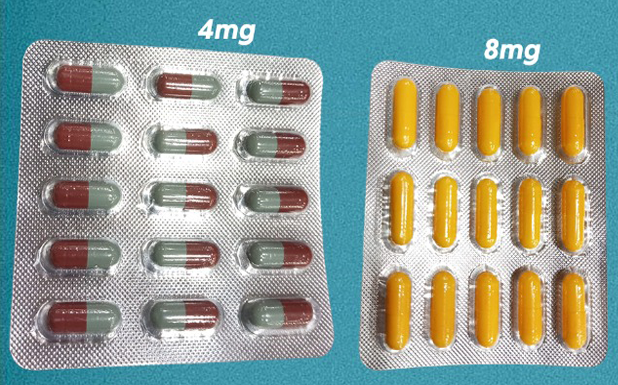Indications:
● It helps in benign prostatic hyperplasia.
● Difficulty urinating (hesitation, dribbling, weak stream, and incomplete bladder emptying) ● Painful urination ● Urinary frequency and urgency
Pharmacology:
Pharmacotherapeutic group: Urologicals, alpha-adrenoreceptor antagonists.
Mechanism of Action:Silodosin is highly selective for Alpha-1A -adrenoreceptors that are primarily located in the human prostate, bladder base, bladder neck, prostatic capsule and prostatic urethra. Blockade of these Alpha -1A -adrenoreceptors causes smooth muscle of the bladder and prostate in these tissues to relax, thus decreasing bladder outlet resistance, without affecting detrusor smooth muscle contractility. This will reduce your BPH symptoms and improve our ability to urinate.This causes an improvement of both storage (irritative) and voiding (obstructive) symptoms (Lower urinary tract symptoms, LUTS) associated with benign prostatic hyperplasia.
Pharmacodynamics Properties:
The clinical manifestations of benign prostatic hyperplasia (BPH) are due to bladder outlet obstruction caused by anatomical (static) and functional (dynamic) factors. The static component is related to an increase in prostate size which may not cause symptoms. The dynamic component is related primarily to an increase in smooth muscle tone in the prostate, prostatic capsule, bladder base, bladder neck, and prostatic urethra. This increased tone is mediated by the activation of α1-adrenoceptors and leads to an increased resistance to urinary voiding.
Pharmacokinetic Properties:
Absorption: It is well absorbed. The absolute bioavailability is approximately 32 %.
Distribution: It is 96.6 % bound to plasma proteins. It does not distribute into blood cells. Protein binding of silodosin glucuronide is 91 %.
Metabolism: The main metabolite of silodosin is a glucuronide conjugate that is formed via direct conjugation of silodosin by UDP-glucuronosyltransferase 2B7.The second major metabolite is formed via alcohol and aldehyde dehydrogenases and reaches plasma exposures similar to that of silodosin.
Elimination: Excretion of silodosin in urine is apprx 33.5 % and in faeces 54.9 %
Pregnancy & Breast Feeding:
Pregnant and lactating women should take this medication only under the prescription of the physician.
Storage:
Store in a cool, dry and dark place
Protect from light and moisture.
Keep the medicine out of reach children.
Contraindications:
Silodosin is contraindicated in patients known to have hypersensitivity to silodosin or any other active ingredients.
Side Effects:
● Dizziness.
● Diarrhea.
● Orthostatic hypotension (low blood pressure when you stand up after sitting or lying down).
●Headache.
